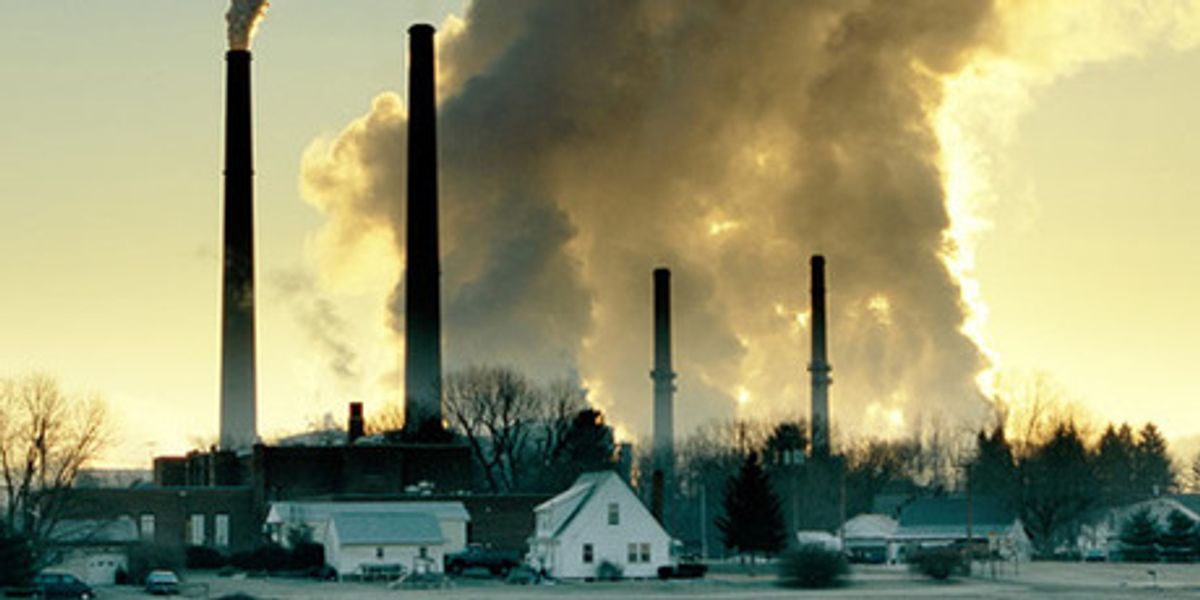This week the U.S. Environmental Protection Agency issued long-awaited regulations governing emissions of carbon dioxide from fossil-fueled generating plants, as authorized by a landmark 2007 Supreme Court decision that found EPA could regulate carbon as a pollutant under existing clean air laws.
The regulations set a limit of 1000 pounds of carbon per megawatt-hour of electricity produced. That in effect means no new coal-fired power plant can be built without expensive carbon capture and storage technology, which almost guarantees no new coal-fired plant will be built in the foreseeable future. But the regulations apply only to new plants, not to existing ones or ones already in the works, and there's the rub. Because of a grassroots rebellion against coal, and because of plummeting natural gas prices, virtually no new coal-fired plants are being built anyway. So the regulations will have little or no impact, as EPA itself concedes--or even boasts!--in its press release.
"Even without today’s action, the power plants that are currently projected to be built going forward would already comply with the standard. As a result, EPA does not project additional cost for industry to comply with this standard," says the release.
In fact, U.S. coal-fired generating capacity has been essentially flat since 2007. Meanwhile, existing plants are being used less, as utilities switch to cheaper natural gas: Last year, the fraction of U.S. electricity generated from coal was at a 35-year low, down sharply at 42 percent from close to 50 percent a decade ago. Though some existing capacity is expected to be replaced in the next five years by more modern plants, net coal capacity is expected to shrink.
If EPA wanted to have a serious impact on greenhouse gas emissions from coal-fired plants, it would have had to apply them to existing plants--and they would have had to be costly.
It's difficult to escape the cynical conclusion that the EPA regulations are crafted to create the appearance of action without actually delivering action. That anyway is the conclusion being reached in some of the European countries that have made serious concerted efforts to cut their greenhouse gas emissions and have succeeded. In an editorial today, London's influential Financial Times said, "Whether by timidity or sabotage the EPA looks doomed to failure. If so it is the fault of Barack Obama, whose administration has devoted too little political capital and attention to a serious strategy for climate policy. The policy goal of cutting greenhouse gas emissions by 17 per cent from 2005 levels by 2020 remains theoretical. As so often in U.S. history, leaders have ducked the political fight to opt for a legal or administrative route."



